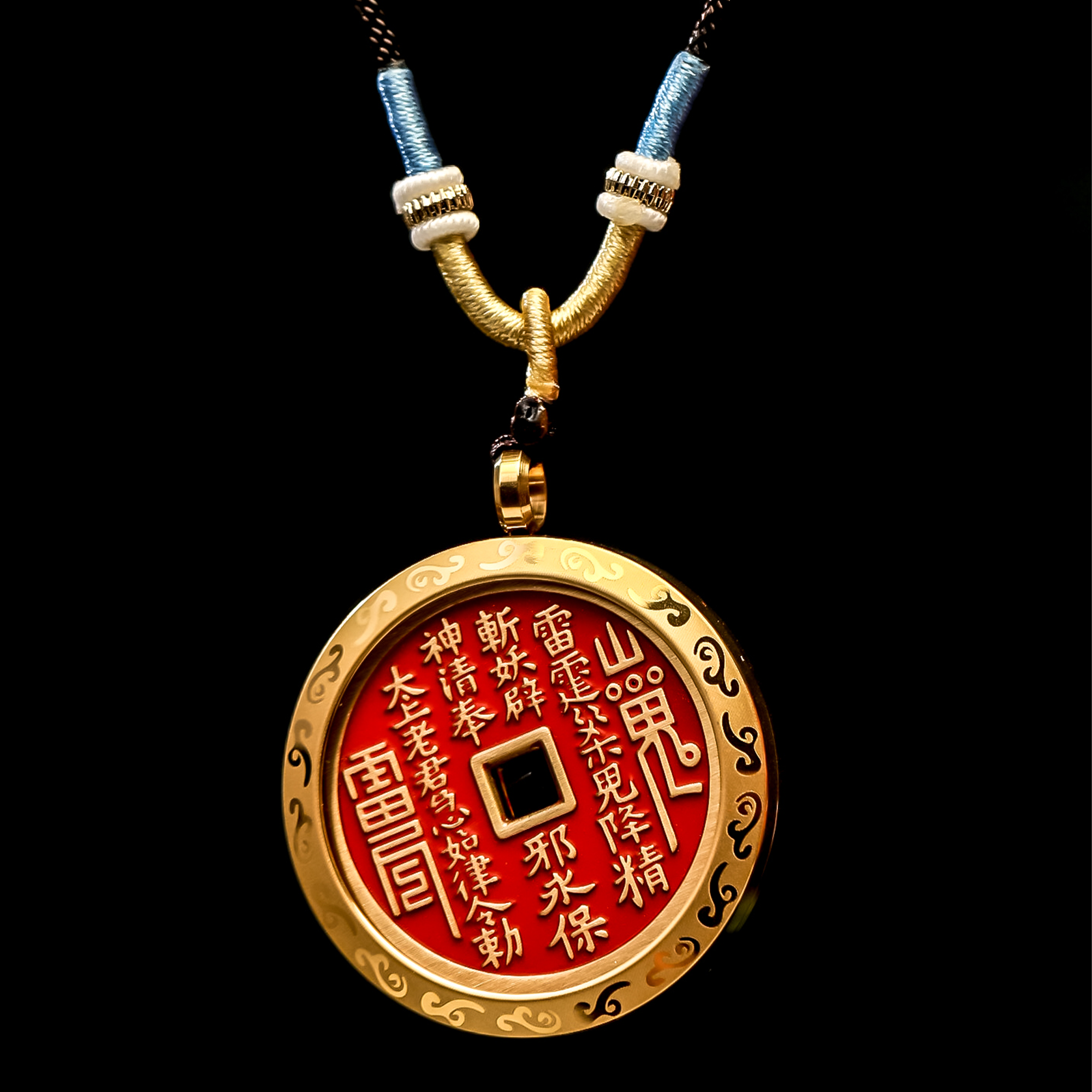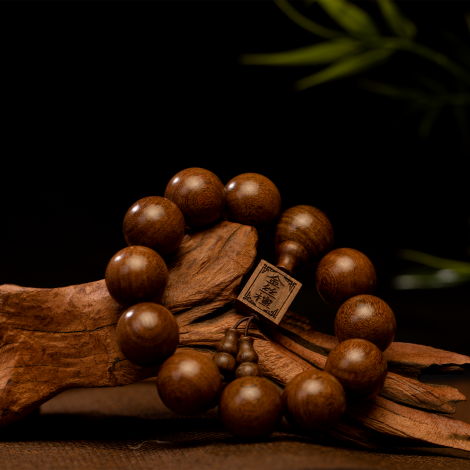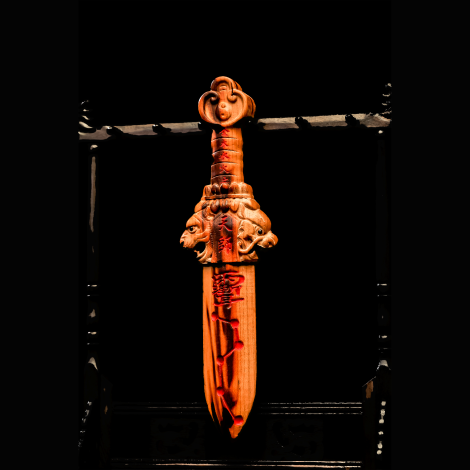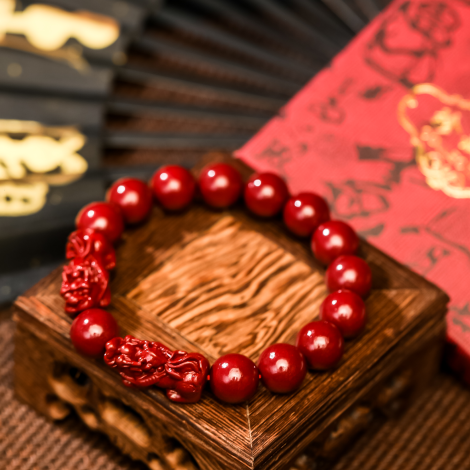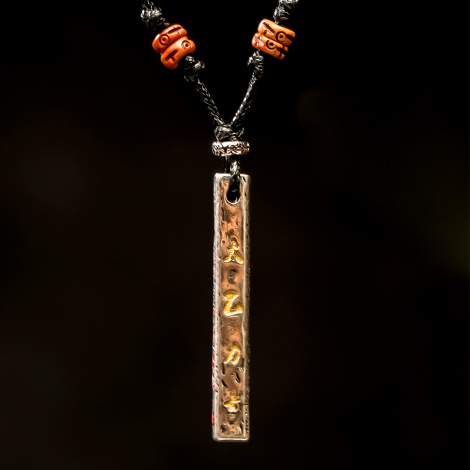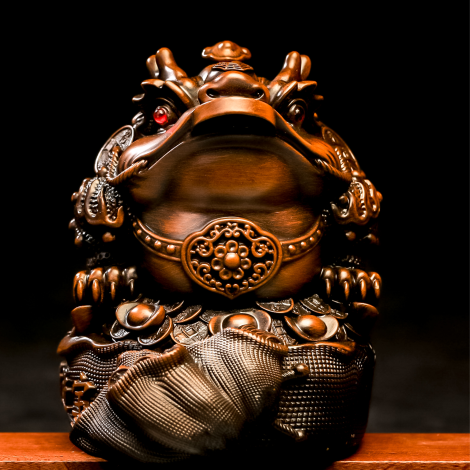1. Origins and Meaning: In Accordance with the Way of Heaven, Valuing Life and Accumulating Virtue
Daoist life release practices (放生, fàng shēng) are deeply rooted in core Daoist teachings, and are not simply a form or method for making wishes.
Valuing Life — “The Dao of the Immortals values life, saves limitless beings.”
This is the most fundamental belief in Daoism. As described in the Tao Te Ching and other Daoist texts, “The Great Dao is formless, it gives birth to heaven and earth; it is without emotion, yet it guides the sun and moon; it is nameless, yet it nurtures all life.” Life, in all forms, is seen as containing the essence of the Dao and is sacred. Therefore, Daoist texts like the Dealing with Beings Sutra emphasize that the “Dao of Immortals values life and saves limitless beings,” referring to all sentient beings. Respecting and nurturing life is the first step in aligning with the Dao.Accumulating Virtue — “Accumulating merit and virtue, merit and virtue turn one into a divine being.”
In Daoism, one’s fortune and spiritual advancement are rooted in accumulating merit and virtue. One of the greatest forms of merit is “saving lives.” The Taishang Ganying Pian, an important text in Daoism, specifically mentions, “Accumulating merit and virtue, showing kindness to all living things… Even insects and plants should not be harmed.” It highlights “saving the lives of others” as a great act of kindness. By saving life, one directly practices this teaching and accumulates merit that is appreciated by the heavens.Karma and Cause and Effect — “Good and evil have their consequences, like a shadow following its form.”
Daoism also teaches the law of karma. Taishang Ganying Pian says, “Misfortune and fortune have no door, they are summoned by oneself; the consequences of good and evil are like shadows, always following.” Harming life sows the seeds of evil karma, leading to disasters, while saving life sows good karma, bringing blessings from the heavens and purifying one’s spiritual path. In this sense, life release can be viewed as a way of “redeeming sins” and “accumulating blessings.”Wu Wei and Naturalness — The Highest State is Non-Interference
In contrast to more ritualistic forms of life release, the highest Daoist concept of life release is rooted in “wu wei” (non-action), meaning not to intentionally seek to release life for the purpose of gaining blessings. Instead, when encountering life in danger, one should naturally and selflessly rescue it, without expecting any recognition or reward. This embodies the Daoist principle expressed in the Dao De Jing: “The highest virtue is to act without acting.”
2. Daoist Life Release Rituals and Methods
True Daoist life release has a strict set of rituals and practices, based on the core principles of the “Three Hearts” — compassion, purity, and equality.
Rescuing According to Fate, Not Preordained
Key point: Daoist life release emphasizes “following fate.” When encountering animals on the verge of being slaughtered, one should feel compassion and immediately release them back into nature. The most taboo practice is “pre-ordering” animals for release. If an individual orders in advance, merchants may trap more animals to meet the demand, inadvertently increasing harm and going against the original intention of life release. This would result in greater sin than virtue.Choosing Wisely, Protecting Life First
Key point: The essence of life release is to “protect life,” to give living beings a path to survival. Therefore, it is crucial to consider the nature and habitat of the animals being released:Return to their Homeland: Animals should be released back into their original habitat (forests, rivers, fields).
Suitable for their Nature: Freshwater animals should not be released into the ocean, and mountain animals should not be placed in plains.
Beware of Invasive Species: Never release invasive species (like Brazilian turtles or alligator fish), as this would not be life release but instead cause ecological damage, harming local species. This is a great sin.
Reciting Sutras and Blessings, Cultivating Dharma Connections
A formal Daoist life release ceremony is very solemn, not only aiming to save the lives of animals but also to purify their spirits.Inviting the Ritual: The priest first burns incense and invites the Three Purities (Sanqing) and the Supreme Taiyi to the altar to bless and protect the beings.
Reciting Sutras: The priest recites scriptures like the Taishang Dongxuan Lingbao Jiukuo Miao Jing and the San Yuan Pin Jie Jing to assist the animals in clearing their karmic obstacles, allowing them to hear the Dharma and cultivate a connection with the Dao. This helps them break free from the cycle of reincarnation and gain a higher rebirth.
Dedication of Merit: All the merit accumulated from this life release is dedicated to all sentient beings, praying for peace in the country and happiness for all beings, rather than merely seeking blessings for oneself. This reflects the vast and inclusive nature of Daoism.
Summary
Daoist life release practices are a profound expression of the Daoist way of respecting life, accumulating merit, and aligning with cosmic harmony. It is not a mere ritual but a spiritual practice that involves deep understanding, compassion, and a commitment to the well-being of all living beings. By following the principles of non-action, compassion, and wisdom, Daoist life release serves both to redeem past karma and to accumulate virtuous merit for spiritual growth.


